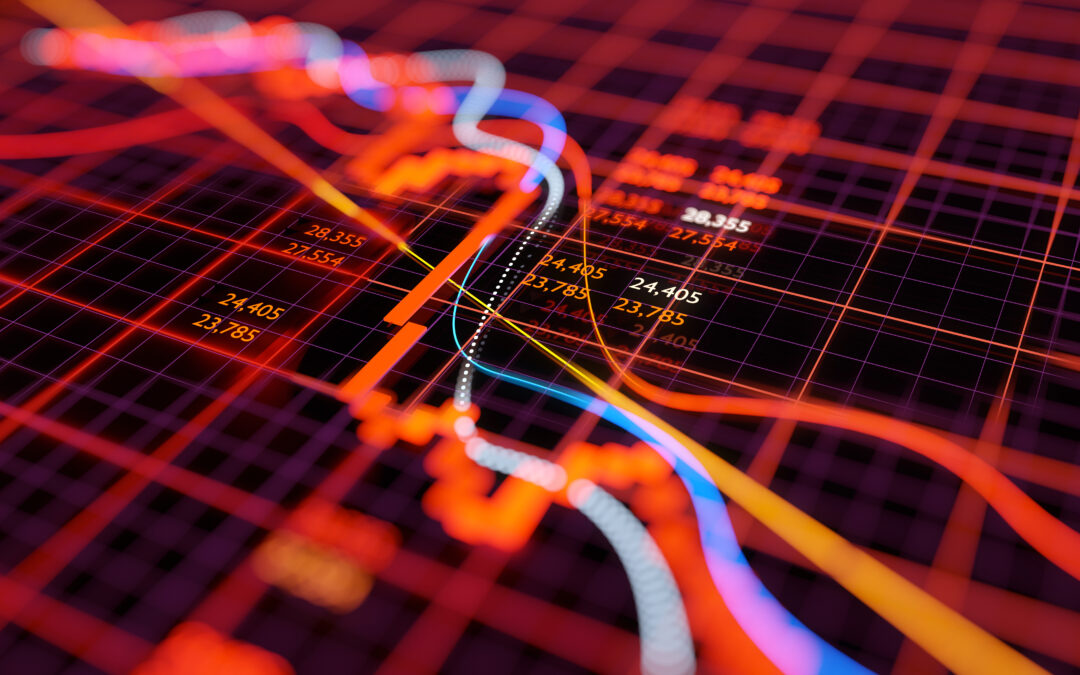It seems like everyone and their mother wants to learn how to trade macro — it’s one of the newest trends among traders.
Trading macroeconomic and economic events is a lot like figuring out how to put together a 3D puzzle on how global markets interact and are correlated.
Macro traders look at major trends and economic data that’s happening on a global level, through all financial markets.
By analyzing certain economic indicators and data, investors can take advantage of patterns — like changes in inflation, interest rates or employment and unemployment rates — and attempt to find future opportunities.
Other important data points macro traders watch also include gross domestic product… home sales and builds… interest rate announcements and expectations… manufacturing… and shipping numbers.
Besides just looking at economic data, macro traders also keep an eye on changes in politics… government policies… inter-government relations… and changes in global political relations — like right now, the war between Russia and Ukraine is having an effect on markets around the world.
There is no singular piece of data that is more important than the other because macro traders look for outliers and trends in relation to historic levels. They try to predict what the market is going to do next.
There are three outlooks traders will have for the markets after all the analysis is done: favorable, flat or weak.
If the outlook is favorable, investors will buy assets that appreciate in current market conditions. For example, if the outlook for the Indian market is favorable, a macro trader could buy Indian stocks.
At the same time, if the outlook for the Chinese stock market is weak, the trader can also short stocks in China and sell the country’s currency, the yuan.
If the outlook is flat, traders could stay invested in cash or low-risk interest assets.
However, the most important thing to do when learning how to trade macro is understanding the universal assets that everyone looks at and trades.
3 Core Values in Understanding How to Trade Marco
Macro traders can buy or short stocks, bonds, currencies, commodities and ETFs.
But the biggest market in the world to trade macro in is the foreign exchange market, also known as forex or justFX for short — foreign currency.
Cash rules everything around us, and if you want to learn how to trade macro the right way, then you have to understand the U.S. dollar — which is king. It’s the foundation of all macroeconomics trading.
Watching the dollar against the other major currencies — like the euro, Japanese yen or British pound — can give traders an edge in developing a market strategy that keeps them ahead of the game.
For example, if a macro trader predicts the dollar will depreciate because of an upcoming recession, they may start buying mutual funds holding foreign stocks and bonds. Or they may start looking into any commodities-based funds that have gold, oil futures or real estate assets.
The next thing people need to understand when learning how to trade macro are interest rates. The more you start analyzing the biggest bond markets in the world — U.S., Japan and Europe — the more you’ll see how they all intersect one another.
You’ll also begin to realize just how much crossover there is when it comes to interest rates and currency.
Now, as for the last thing traders need to do when trading macroeconomic events, a lot of people tend to overlook this core asset… And it’s the biggest mistake a trader can make.
Watch the video to learn more about how to trade macro.
And as always, send any topics you’d like me to cover to jeff@joyofthetrade.com and stay ahead of the markets, especially these choppy ones, by subscribing to our YouTube channel.
P.S. If you want to learn even more about different macro trading strategies, check out how my Burn Notice Alerts strategy works here.
LFG!




